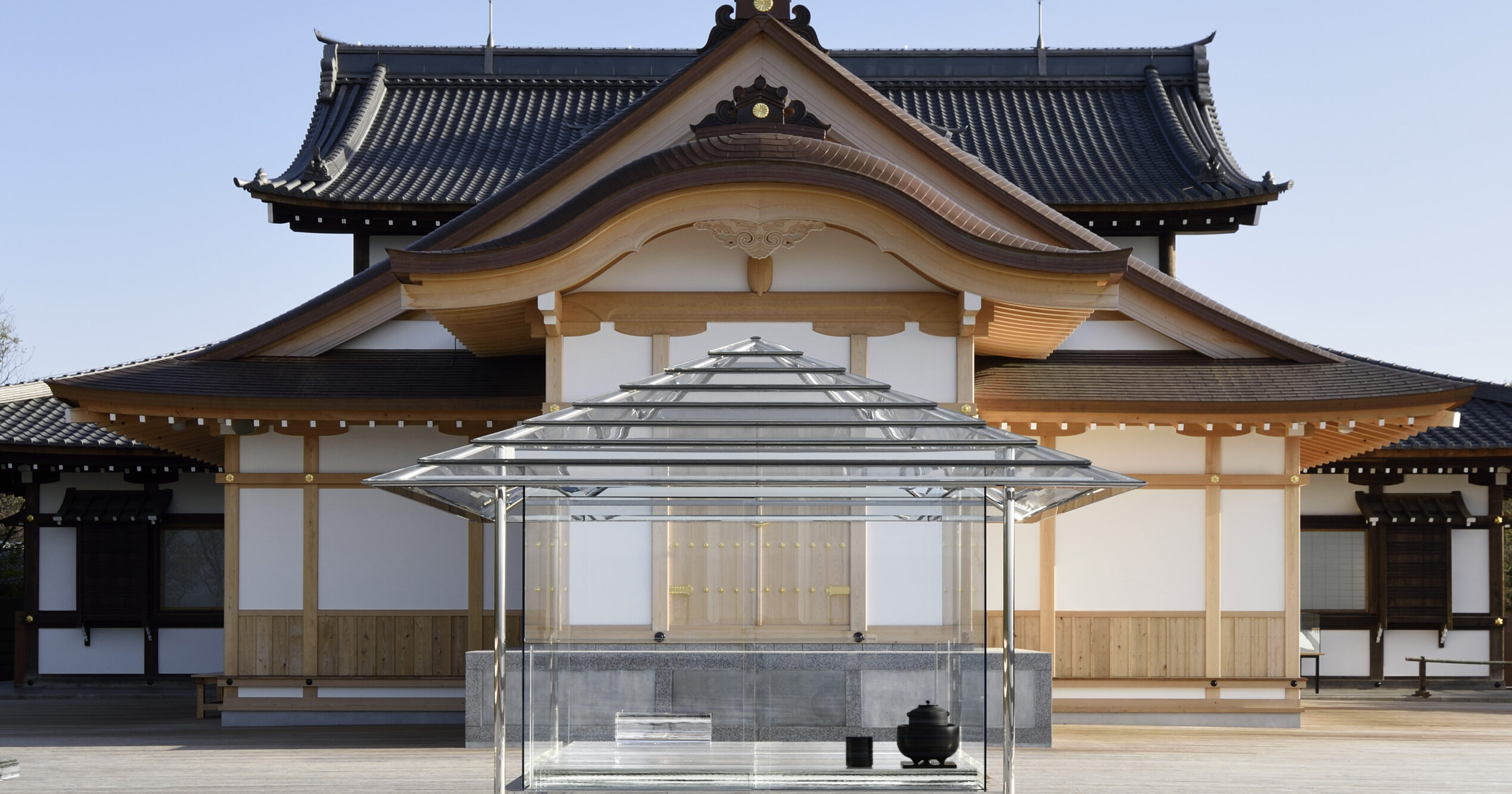Architects: Want to have your project featured? Showcase your work through Architizer and sign up for our inspirational newsletters.
Japan has, for a very long time, had a reputation as a country whose citizens are the epitome of well-mannered and truthful. The practice of omotenashi has a lot to do with this. Omotenashi is regarded as the basis of Japanese hospitality and service, be it a store, a hotel or a hairdresser. The concept is an ingrained cultural expression — one that has birthed a deeply internalized set of behaviors and expectations throughout Japan.
Many of us, I suspect, were introduced to the concept of omotenashi thanks to Christel Takigawa, the Tokyo 2020 Bib Ambassador, who presented an eloquent speech during the 2021 Tokyo Olympics that explained the idea to the rest of the world. While most smiled and nodded with vague intrigue towards the unfamiliar way of life, the hospitality industry, well, they stood up and listened, and it’s really starting to show.
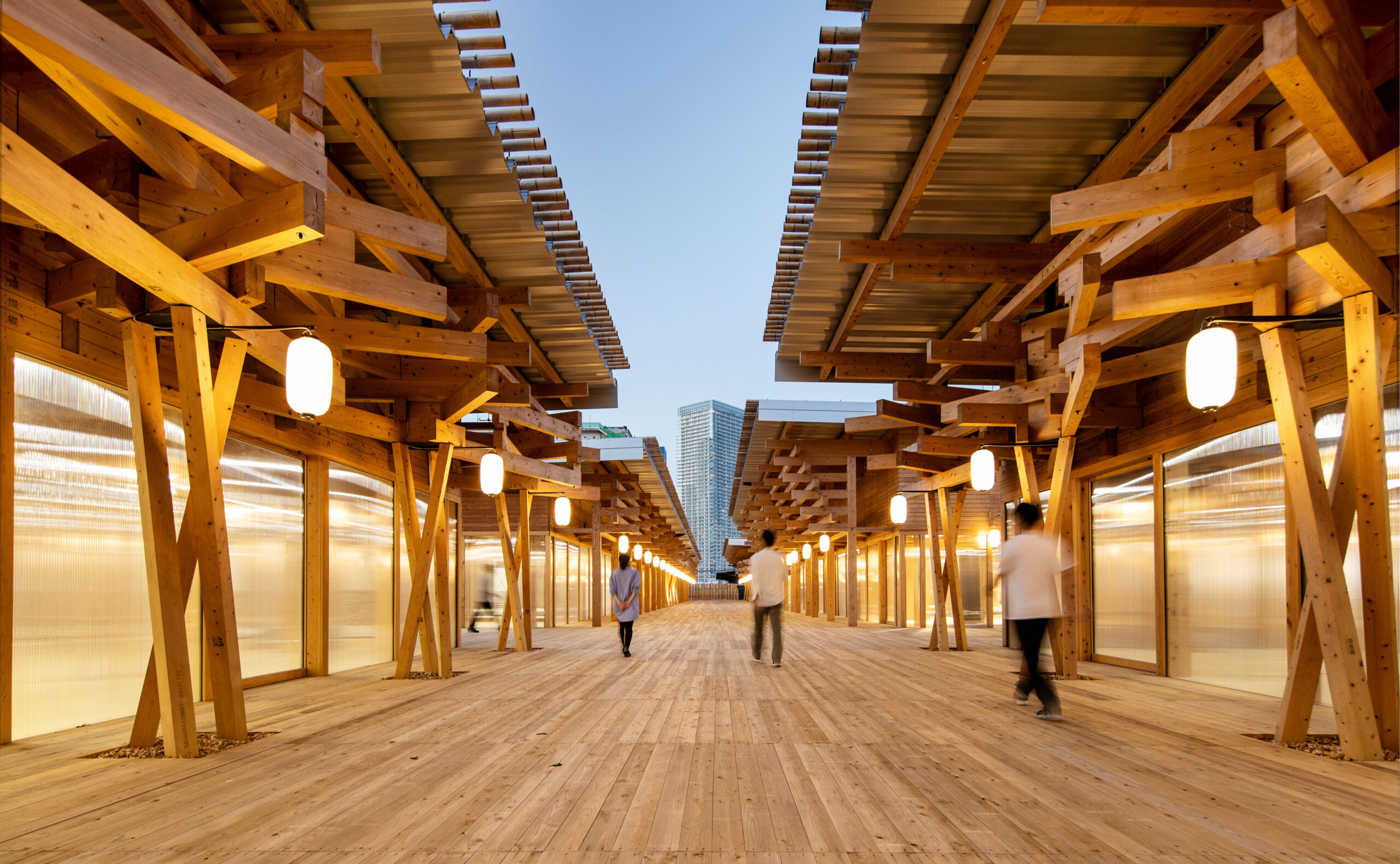
Athletes’ Village Plaza by NIKKEN SEKKEI LTD, Tokyo, Japan. Photograph by Gankosha, Harunori Noda
A portmanteau, “Omote” meaning public face — an image you wish to present to outsiders. “Nashi,” meaning nothing combined, suggests that every service comes from a place of transparency and the bottom of the heart — honest, no hiding, no pretending.
There is no surprise, then, that the philosophy has its roots in the traditional sado (tea ceremony), where tea masters face their audiences and prepare tea in front of them. These tea ceremonies not only focus on tea but also on fostering positive human relationships. The preparation, room decorations, the utensils that are used, the pace of the event, the conversation that takes place and, of course, the sharing of tea are all meant to create a harmonious atmosphere where people feel comfortable, connected and cared for. Everything is open and clear, which leads back to the keywords: serve wholeheartedly.
So, what does this mean for the global hospitality industry? Simply this, a standard has and is continuing to be set throughout Japan. The level of hospitality and service received in Japan is unquestionably the best in the world. Therefore, if industry owners and operators elsewhere want to keep up, and they really do, omotenashi is the perfect place to start.
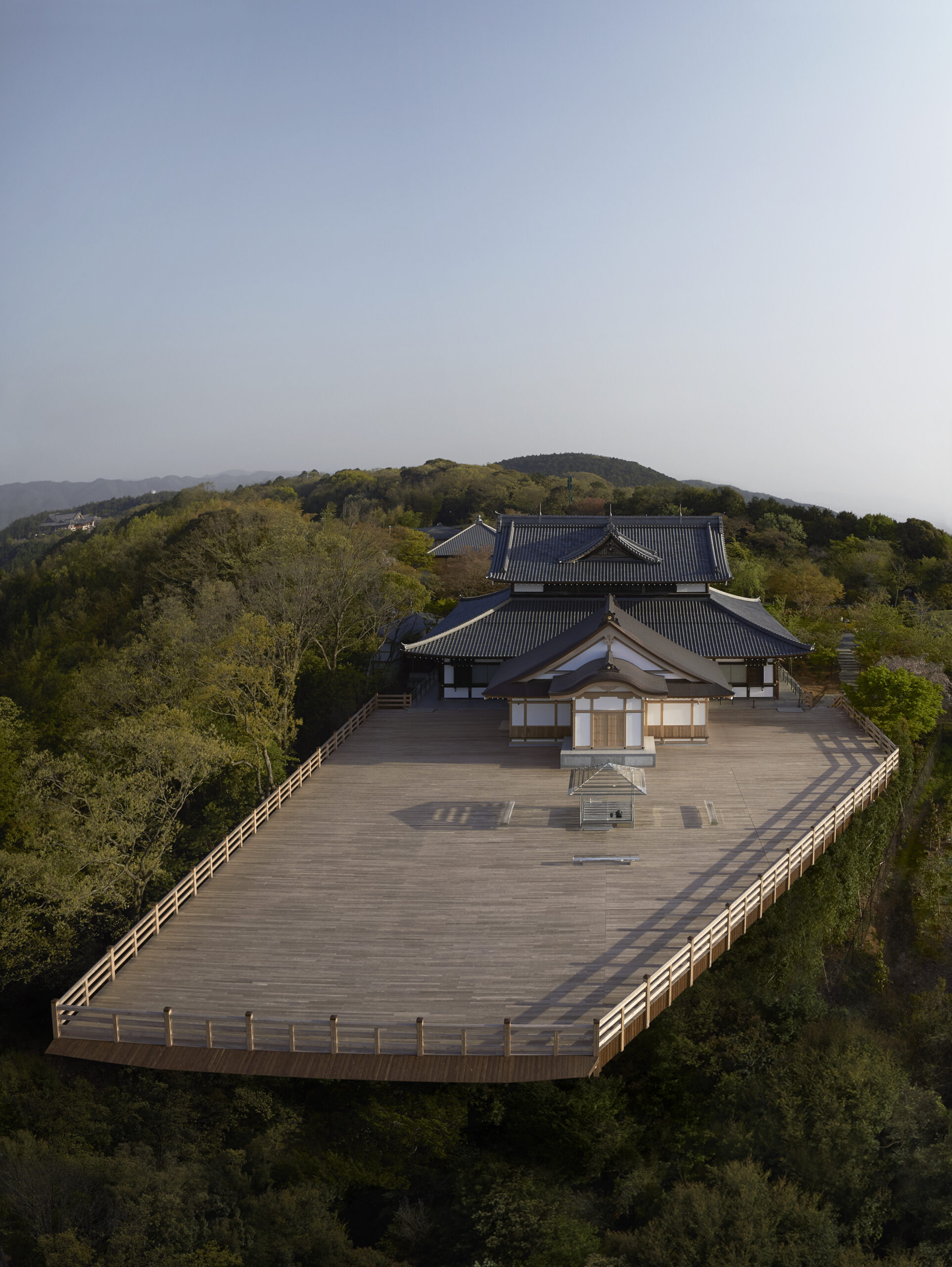
KOU-AN Glass Tea House by TOKUJIN YOSHIOKA DESIGN, Kyoto, Japan. Photograph by Yasutake Kondo
Omotenashi is based on three main principles. The first is Kikubari. The art of anticipation involves a keen sense of awareness, a sixth sense of sorts, to predict what a guest will need or desire before it’s even vocalized. This extends well beyond the obvious, like placing a glass of water beside the bed or adjusting room temperature. It could manifest in the way the room is set up for a business traveler, who finds an ergonomic chair already adjusted to a comfortable height and angle, or in the bespoke selection of reading materials for a guest known to be a literature aficionado. Kikubari is the pulse of personalized attention, resonating subtly yet profoundly in the background of the guest’s experience.
The next is Ichigo Ichie. This principle revolves around the serendipity of a singular encounter and the significance that comes with it. It’s the cultural embodiment of the phrase, “Treat every meeting as if it’s your last,” and it cultivates a level of sincerity and earnestness that’s almost palpable. In a hotel setting, this translates to the care taken in even the simplest of tasks, opening and holding a door with genuine care, or in the way a guest is bid farewell, not as a conclusion but as a poignant “until we meet again.”
Lastly, Omakase — literally “I’ll leave it up to you”— is the principle of trust between guest and host. Traditionally used in sushi restaurants where patrons allow the chef to choose their meal, in a broader hospitality context, it suggests a high level of confidence in the service provided. For example, a hotel where guests feel so attuned with the experience that they forego choosing from a menu, trusting the chef to delight their palate, or allowing the concierge to plan an entire day’s itinerary, certain it will fulfill their unspoken desires.
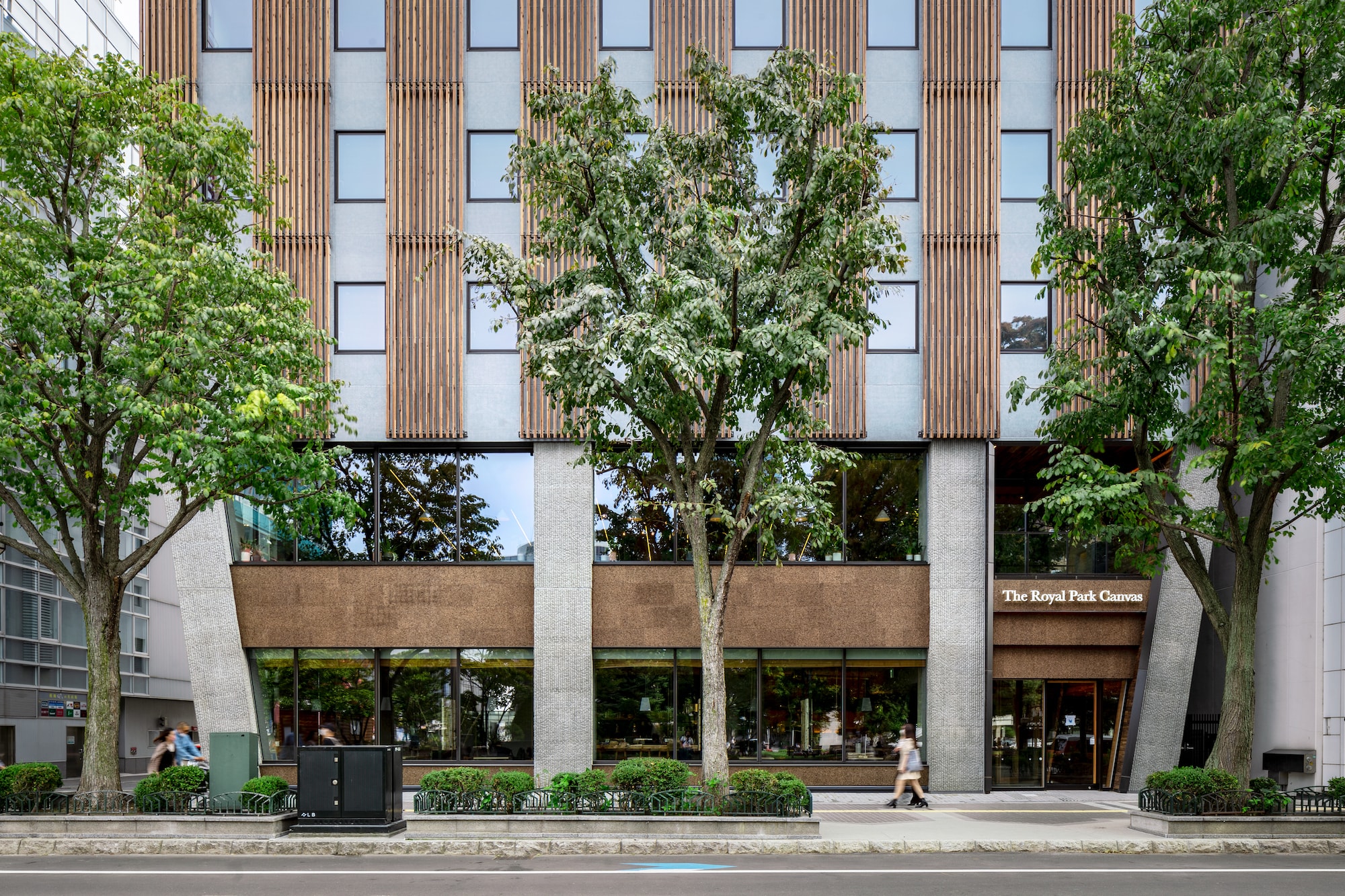
The Royal Park Canvas by Mitsubishi Jisho Design Inc. Sapporo, Odori Park, Japan. Photograph by Kawasumi – Kobayashi Kenji
In weaving these principles into the fabric of a hotel’s operations, there’s a transformative shift from service to stewardship, from accommodation to communion. Integrating these principles requires not just a change in operational protocol but a shift in mindset. It’s a reorientation that moves away from surface-level customer satisfaction metrics to deep, qualitative understandings of human interaction and care.
However, omotenashi’s impact on the hospitality industry is not merely about implementing a set of standardized procedures but a complete recalibration of the ethos that drives interactions between service providers and their guests. Within this framework, technology and data analytics emerge as powerful tools to achieve the subtle sophistication required for genuine omotenashi. Imagine smart rooms in a hotel that utilize sensors and data analytics to understand a guest’s routine — knowing when they usually return to their room and automatically adjusting room temperature, dimming the lights, or even drawing a bath to their preferred temperature. The catch is not to announce these adjustments overtly but to let them manifest organically so that the guest feels as if they’re entering a space that understands them intuitively. Here, the dichotomy between high technology and human touch achieves a harmonious balance, reflecting a form of hospitality that is not obtrusive but quietly anticipative.
Technology notwithstanding, from the lens of interior design, the physical spaces within a hospitality setting can be meticulously designed to embody omotenashi. Beyond simple aesthetics, the arrangement of furniture, the selection of materials, and the flow of light and space must be thought of as a holistic experience. The specific aim in these instances is to evoke a certain emotional state in its occupant. In this sense, the space itself becomes an active agent in hospitality. As a guest moves from the lobby to their room, the transitions should feel seamless, marked by subtle changes in lighting, fragrance, or sound that are cognitively imperceptible but emotionally resonant. Each design choice, no matter how minute, becomes an act of hospitality, a gesture that says, “Your well-being has been considered here.”
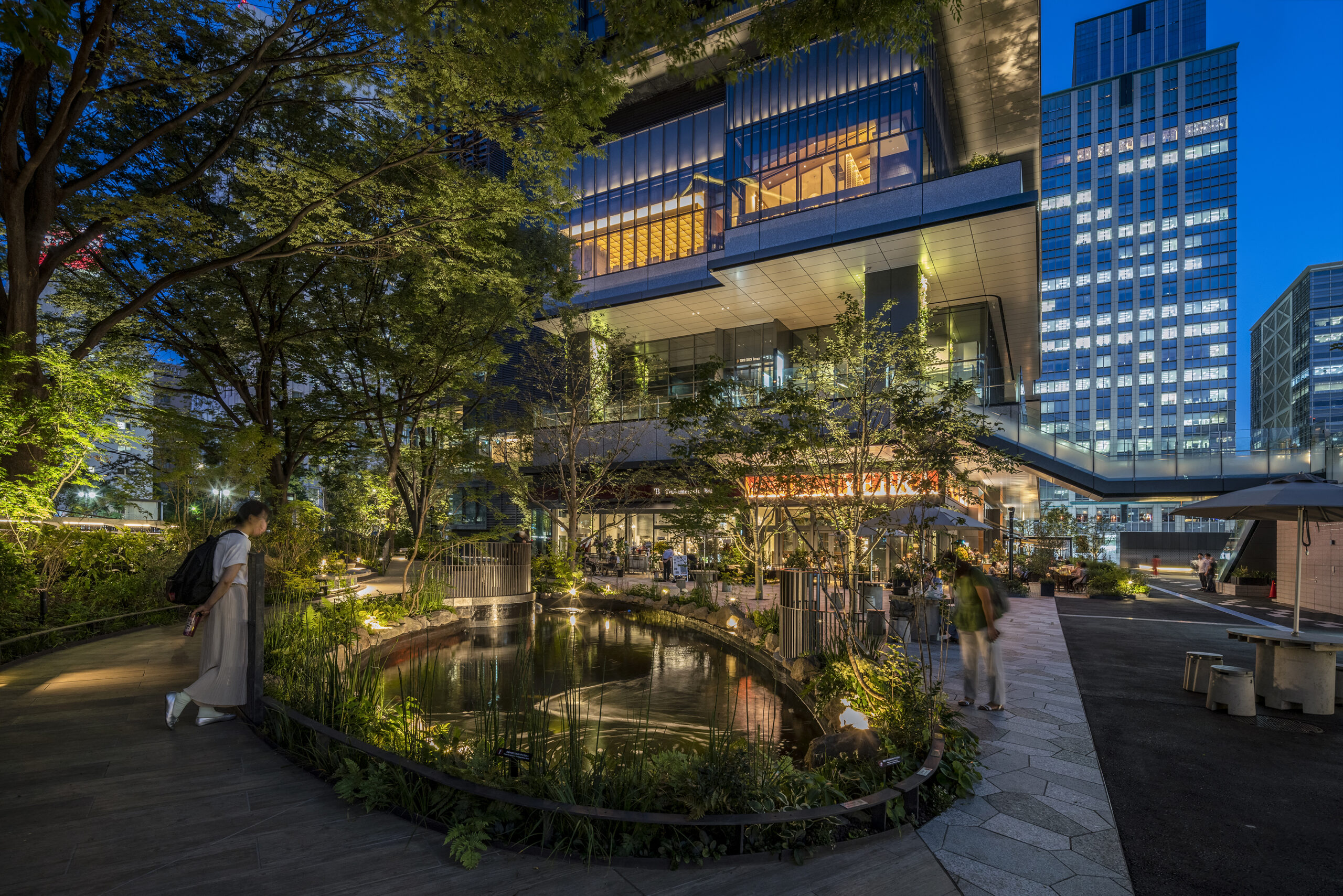
TOKYO TORCH Tokiwabashi Tower by Mitsubishi Jisho Design Inc. Tokyo, Japan. Photograph by Kawasumi Kobayashi Kenji Photograph Office
When it comes to guest preferences and behaviors, the modern traveler is increasingly valuing experiences over material luxuries. Omotenashi can extend to curating highly personalized experiences for guests. If analytics reveal that a guest frequently books rooms with a seaside view, a sea-scented room fragrance would be an unspoken yet deeply appreciated gesture. For another, it might be a freshly brewed pot of local herbal tea, recognizing their penchant for herbal remedies. The idea isn’t to create a generic paradise but a highly individualized sanctuary where each guest feels uniquely understood.
This notion of omotenashi carries layers of complexity when applied globally. While the concept has its roots deeply embedded in Japanese culture, its application across diverse cultural landscapes requires a degree of transliteration rather than direct translation. It demands a granular understanding of local customs, practices, and idioms of comfort and hospitality. Can a Middle Eastern interpretation of omotenashi involve variations of Bedouin hospitality? How would a Latin American version incorporate the region’s traditions of warmth and communal celebration? As international hotel chains look to integrate omotenashi into their service ethos, these are the nuanced challenges they’ll need to navigate.
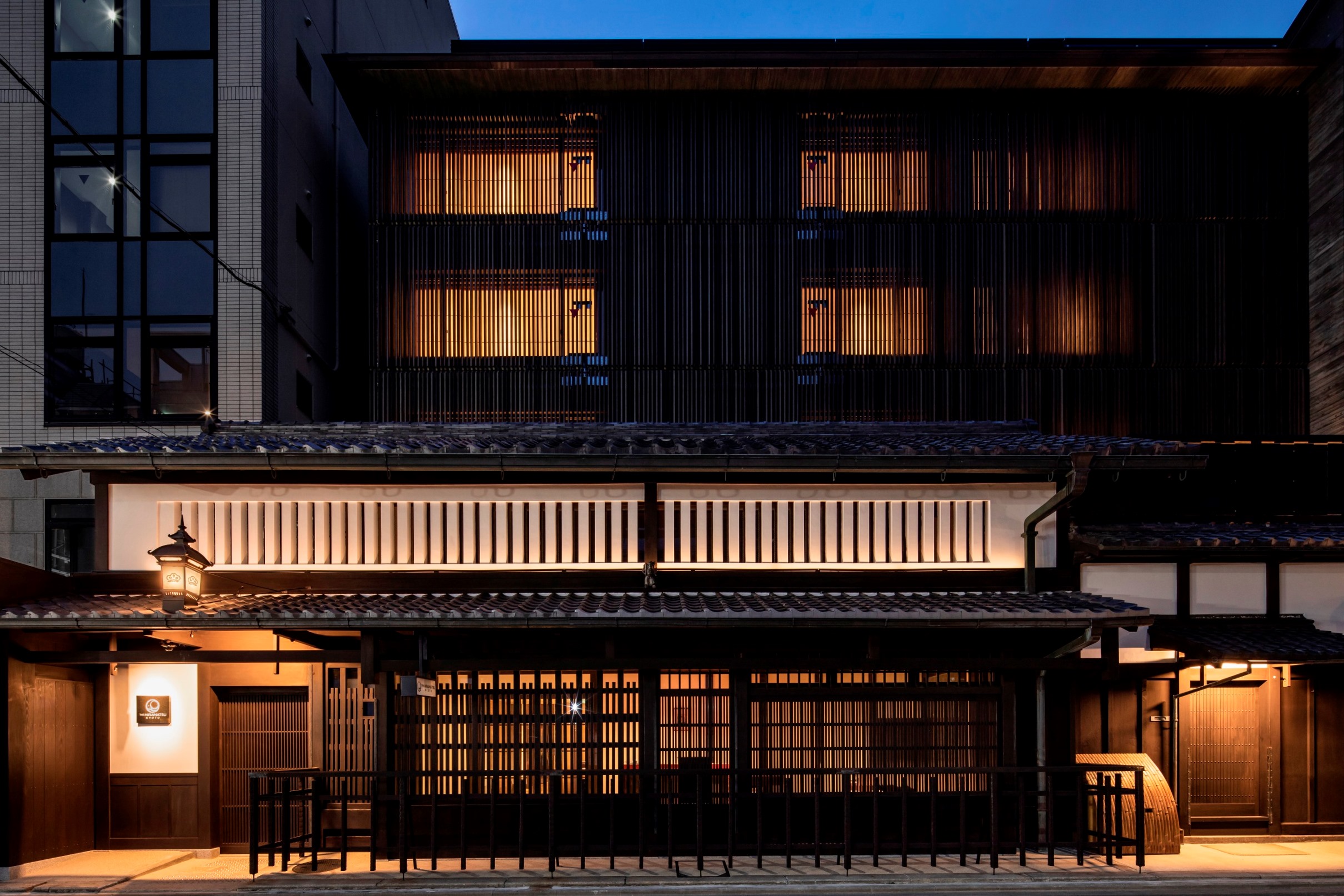
THE HIRAMATSU, KYOTO by NIKKEN SEKKEI LTD, Kyoto, Japan.
Additionally, and perhaps most importantly, it’s crucial to address the thin line between personalization and intrusion. Data analytics can undeniably enhance the scope of personalization, yet hospitality providers must tread carefully to ensure they don’t infringe on a guest’s personal space or privacy. The essence of omotenashi lies in anticipating needs, not in surveilling to the point of discomfort. Therefore, the challenge is to create systems that are capable of understanding without overstepping and to develop intelligent interfaces that learn just enough to serve better but not so much that they invade.
What’s groundbreaking about omotenashi is not its novelty but its ability to reveal something fundamental that has, for decades, been overlooked in the hospitality industry—the soul of hosting. In a landscape cluttered with loyalty programs and smart gimmicks, omotenashi offers a profound pivot for hotels and their owners, extending their impact beyond the mere commercial enterprise, becoming spaces that honor the profundity of human interaction. And isn’t that, at its core, what hospitality seeks to achieve? It’s a call to strip away the performative layers of hospitality to expose its core, which is a shared humanity. It turns every interaction into an exercise in empathy, making both the host and the guest co-authors of an unfolding story.
Architects: Want to have your project featured? Showcase your work through Architizer and sign up for our inspirational newsletters.
